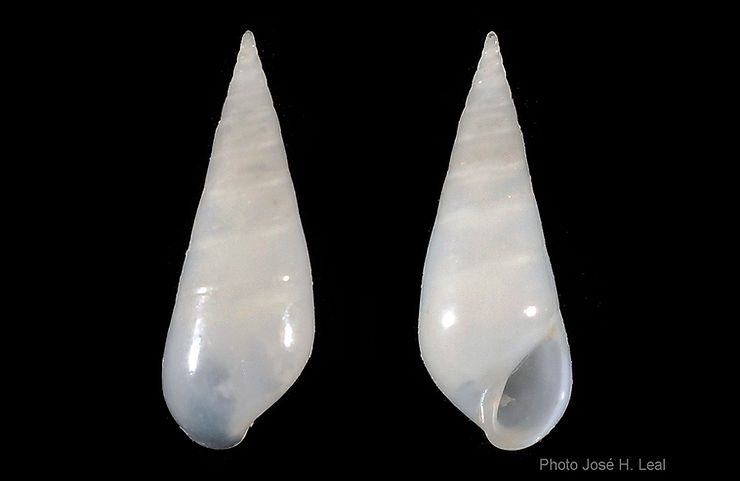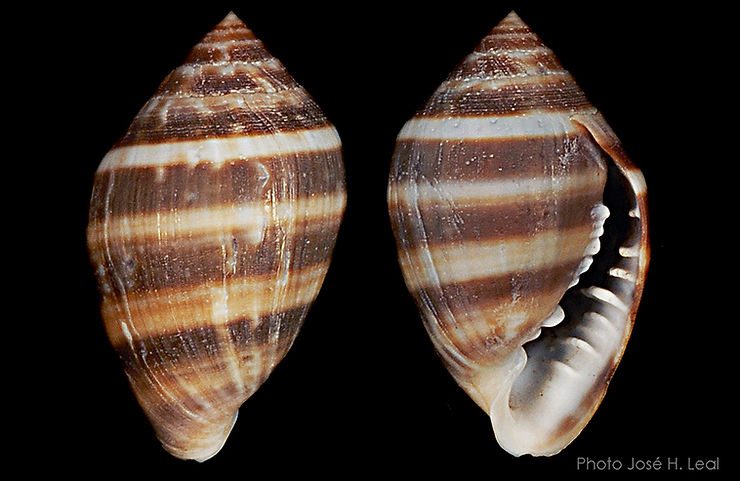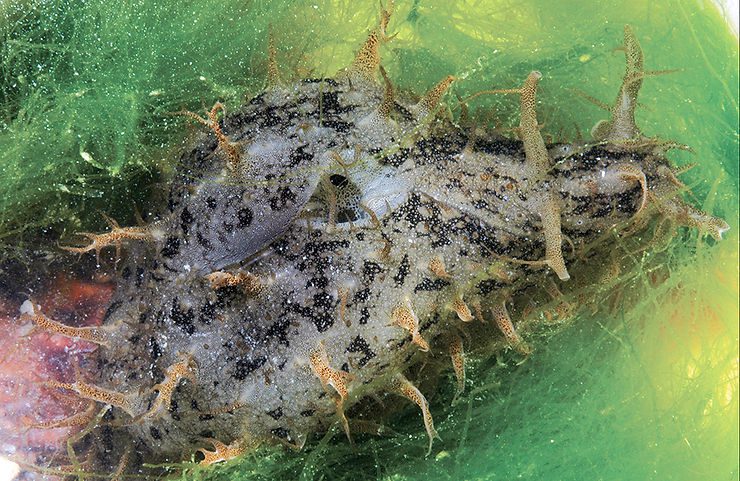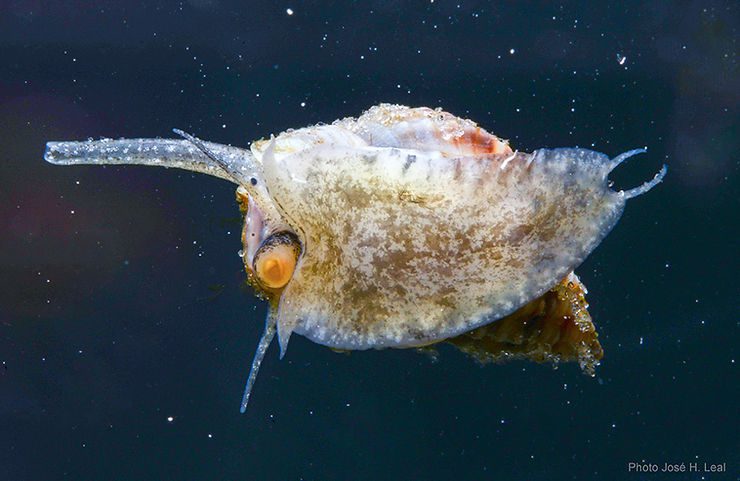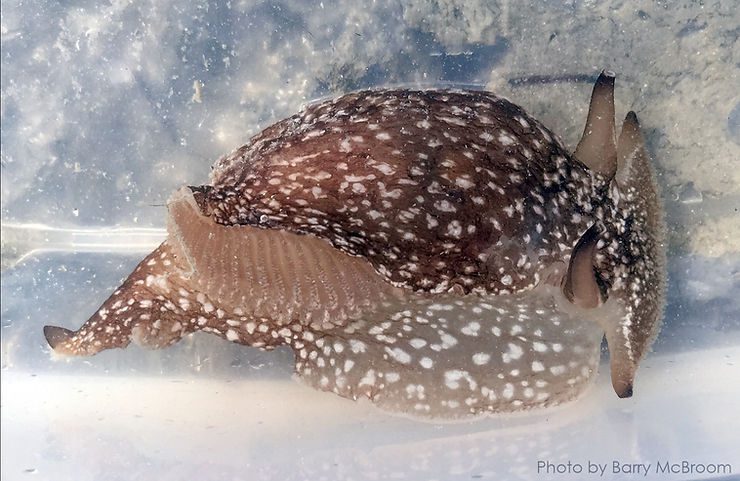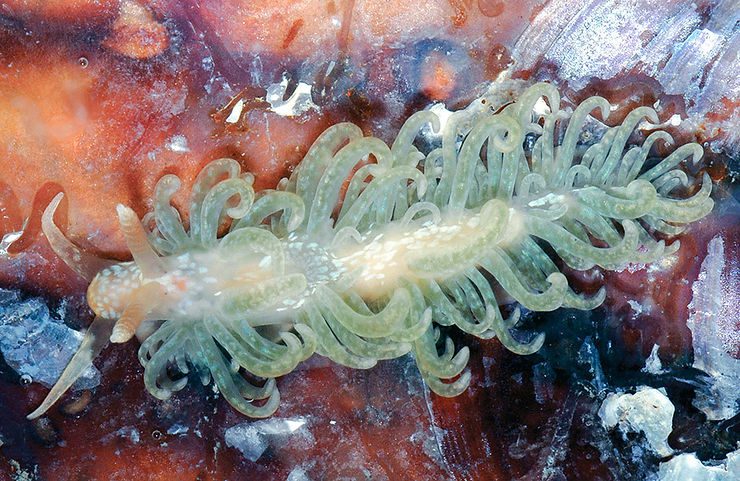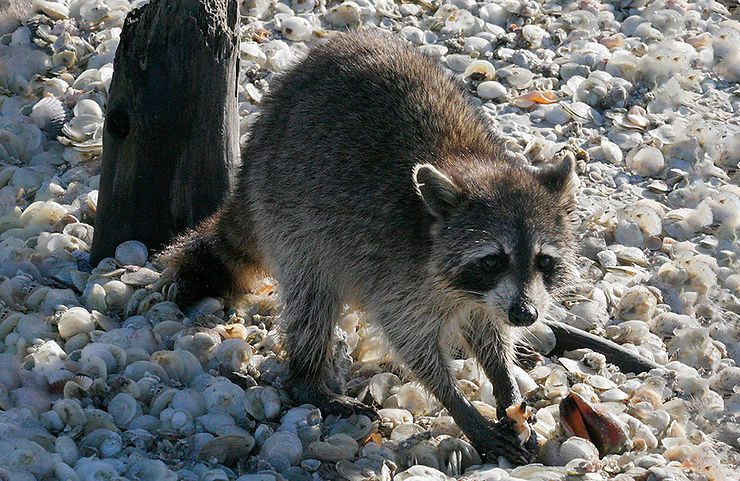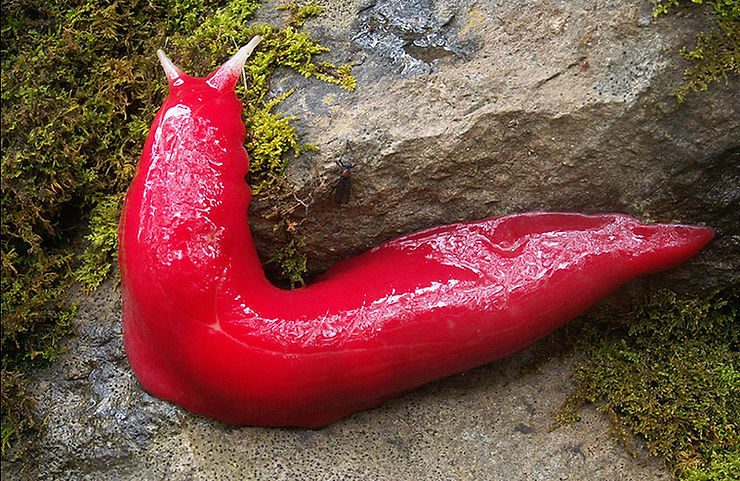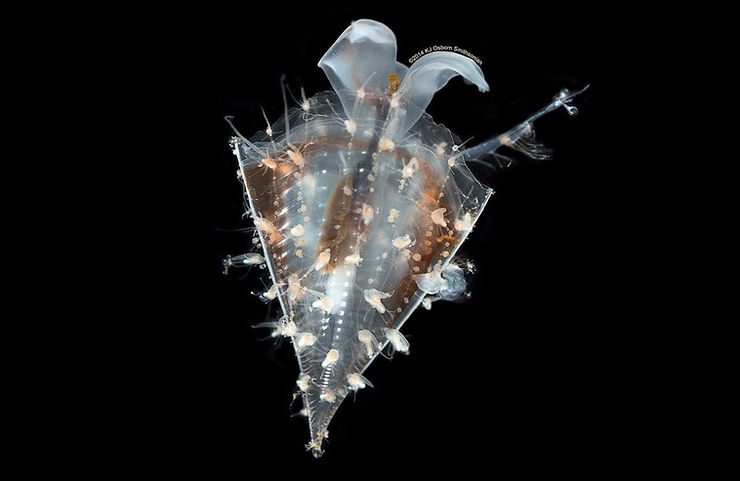
The Wavy Clio and Its Friends
The Wavy Clio, Clio recurva (Children, 1823) is a pelagic (living in open-water) gastropod mollusk that inhabits all of the world’s oceans, at moderate depth. The adult shell measures about 20 mm (0.8 inch) and is triangular, resembling a partially flattened ice cream cone. The Wavy Clio belongs in the group of pteropod gastropods, which also includes the sea butterflies in the genus Limacina, the “canaries in the coal mine” of ocean acidification. The photo, taken by Smithsonian’s photographer
